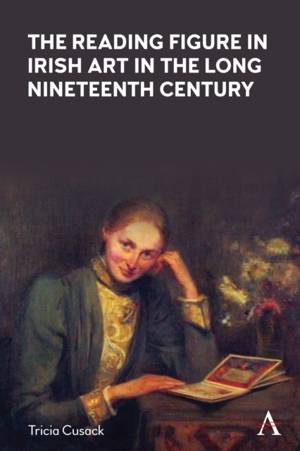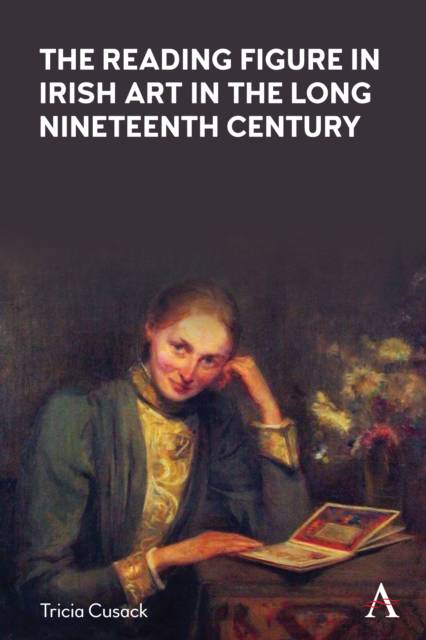
- Retrait gratuit dans votre magasin Club
- 7.000.000 titres dans notre catalogue
- Payer en toute sécurité
- Toujours un magasin près de chez vous
- Retrait gratuit dans votre magasin Club
- 7.000.0000 titres dans notre catalogue
- Payer en toute sécurité
- Toujours un magasin près de chez vous
The Reading Figure in Irish Art in the Long Nineteenth Century
Tricia Cusack
201,45 €
+ 402 points
Format
Description
This book examines Irish portraits during the long nineteenth century in which figures read or hold a book. Reading fiction was cast as unmanly, while 'silent reading' allowed women of means to read widely and privately. Portraits of such women helped construct the idea of the 'New Woman' in Ireland.
Spécifications
Parties prenantes
- Auteur(s) :
- Editeur:
Contenu
- Nombre de pages :
- 188
- Langue:
- Anglais
- Collection :
Caractéristiques
- EAN:
- 9781785276446
- Date de parution :
- 01-02-22
- Format:
- Livre relié
- Format numérique:
- Genaaid
- Dimensions :
- 152 mm x 229 mm
- Poids :
- 421 g

Les avis
Nous publions uniquement les avis qui respectent les conditions requises. Consultez nos conditions pour les avis.






